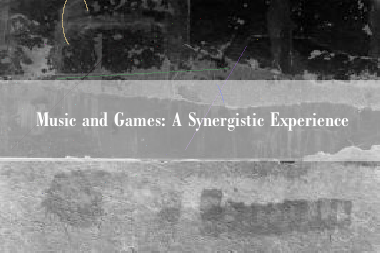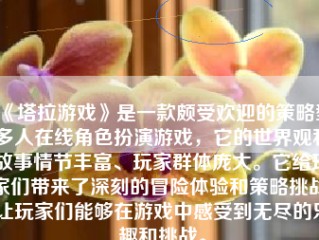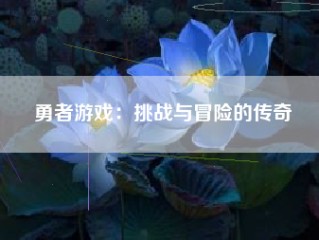
Music and games have both been integral parts of human culture for centuries. Each of them has its own unique appeal and way of engaging people, but when they are combined, the resulting experience can be something truly magical. This article explores how music and games intersect, how they complement each other, and the exciting new opportunities that this blend of art forms opens up for the world of entertainment.
Firstly, music and games share a common language that is understood across cultures and ages. Music has the power to evoke emotions and create a specific atmosphere that can enhance the experience of playing a game. Whether it’s the upbeat tempo of a video game soundtrack that fuels the excitement of a level or the soothing melodies that accompany a peaceful exploration game, music can set the tone and mood for the game.
Games also provide a platform for musicians to express their creativity in new ways. In addition to the built-in soundtracks, many games feature customizable music options that allow players to immerse themselves in their favorite music while playing. This creates a unique and personalized experience that enhances the enjoyment of both the musician and the player.
Furthermore, games like music creation software provide a platform where players can create their own music within the game itself. This offers a unique and engaging way for players to explore their creativity, learn about music production, and share their own music with others. By adding this element of user-generated content, games not only engage players in a different way but also encourage them to share their own creations with the world.
When it comes to the synergistic effects of combining music and games, the possibilities are truly endless. Game designers can use music to create immersive environments that transport players to different worlds or time periods. Music can also be used to create emotional connections with characters or storylines, making players more invested in what is happening on screen.
Additionally, music can enhance gameplay mechanics, adding new dimensions of strategy and tactics. The use of tempo, rhythm, and harmony in a game’s soundtrack can affect player decision-making, making it an integral part of gameplay. By integrating music into games, developers can create a truly immersive experience that keeps players engaged from start to finish.
Moreover, this blend of music and games opens up new opportunities for collaboration between musicians and game developers. By working together, they can create unique soundtracks that perfectly match the themes and visuals of a game. This allows both musicians and game designers to explore new ways of expressing their creativity, creating a symbiotic relationship that results in outstanding works of art.
Lastly, this collaboration has the potential to connect people from all corners of the world. Through gaming and music, people can share their cultures, experiences, and stories with others across the globe. This provides an opportunity for cultural exchange and understanding that can bring people together in ways that go beyond the mere exchange of ideas.
In conclusion, the combination of music and games creates an exciting new world of possibilities for entertainment and creativity. It opens up new ways for both musicians and game designers to express their creativity and connect with people around the world. With its endless potential for collaboration and personalization, this blend of art forms will continue to evolve and thrive in the future.










